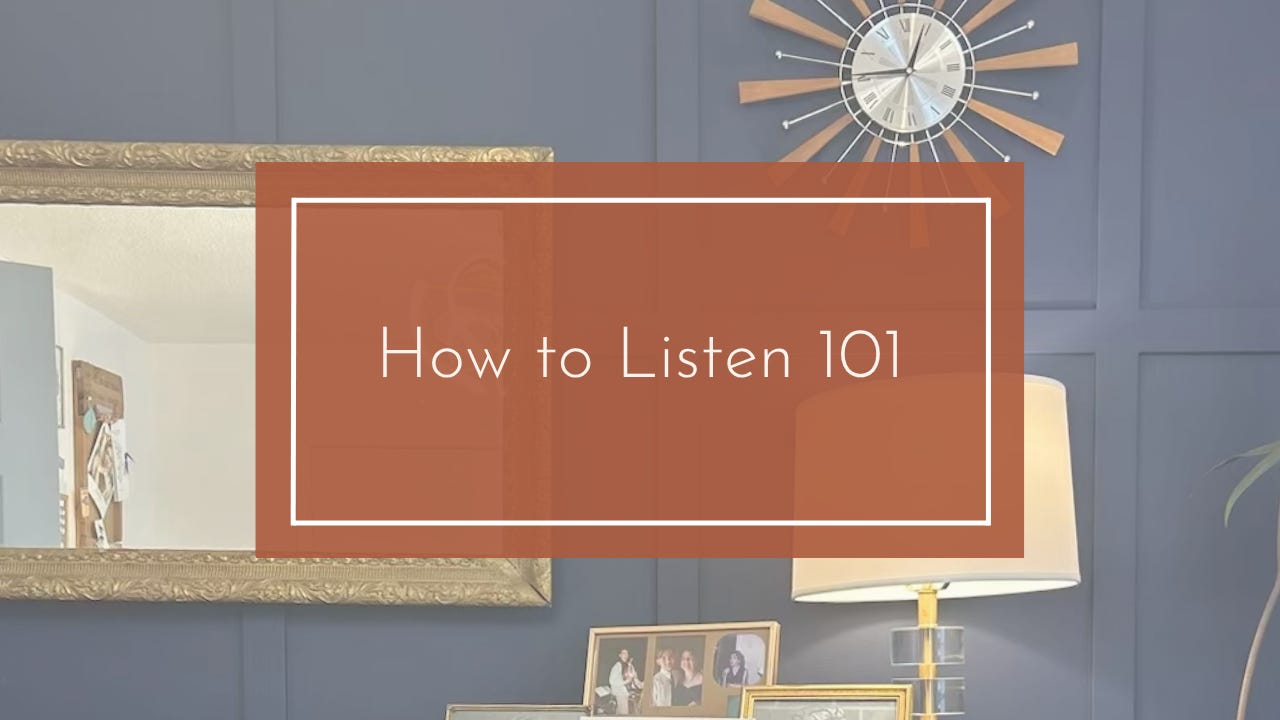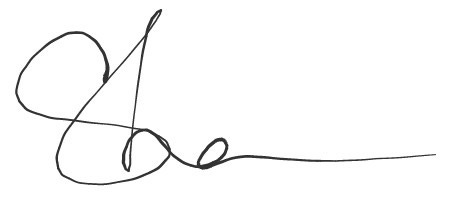How to Listen 101: From Diagnose-and-Prescribe to Student-Centred Exploration
Why our obsession with functional knowledge often holds us back—and how a more 'simple' form of listening can transform our teaching.
Here’s the Thing:
In my latest Live Office Hours,* I found myself circling back to a familiar challenge: the way our pedagogy (and, specifically our approach to listening) can lock us into a teacher-centred, power-over dynamic that leaves us feeling like we’re never quite good enough. If you’ve ever felt that endless pressure to know more about anatomy and physiology, or if you’ve judged yourself (or others) by how much you know, this one’s for you.
Diagnose-and-Prescribe: Why We Keep Reaching for More Knowledge
In the voiceped world, we often treat teaching like a medical procedure: the singer walks in, we listen for the problem, and then we prescribe an exercise to fix it. Sounds straightforward, right?
Except: the diagnose-and-prescribe model inherently positions us teachers (and coaches) as the expert fixers (eek!) because it’s built on a power-over dynamic that says that we hold the key to what’s “right” and what needs to be changed. The singers we work with, meanwhile, become passive recipients of our expertise rather than active participants in their own learning. (double eek!)
The Functional Knowledge Trap Has Entered the Chat
Because diagnose-and-prescribe demands that we fix things, it necessarily demands that we know exactly how the voice works in order to, well, fix things. So … when our teaching isn’t effective (you know, when our students struggle or their progress stalls), we tend to blame ourselves: “I must not know enough about how the voice works … which is why I can’t fix this.” (ouchies)
Cue that terrible (so. danged. familiar.) cycle:
Impostor syndrome: We feel inadequate and unworthy as teachers.
Comparison: We judge other teachers’ worth by how much functional knowledge we think they have.
Never-ending quest: We sign up for courses, read textbooks, and attend workshops, hoping that more anatomy and physiology knowledge will make us better teachers.
But friends: there is no “knowledge-gained to effective teaching” ratio. Simply put? All of that studying doesn’t translate to better teaching. At least, not in the way we think. Because diagnose-and-prescribe keeps us locked into a teacher-centred framework, where knowledge is power and we have all of it.
Shifting to Student-Centred, Agency-Supporting Pedagogy
So … what if the knowledge we already have is enough to help our students grow? What if our role isn’t to fix but to guide?
When we shift to a student-centred, agency-supporting approach, our functional knowledge becomes a tool, not a measuring stick. We use it to support exploration, to ask better questions, and to help students discover their own voices. We move away from a place of hierarchy and into a space of partnership.
This shift does two powerful things:
It frees us from the constant pressure to “know more” in order to be “good enough.”
It reduces our insecurity about teaching because we’re no longer measuring our effectiveness by how well we can diagnose and fix, but by how well we can support the singer’s agency and growth …
So How Do We Listen Differently?
So … here’s where the “How to Listen 101” comes in. If we want to shift away from diagnose-and-prescribe, we need to change how we listen. Here are some key shifts I talk about incessantly (#iykyk) (and that I shared during the Live Office Hours* that inspired this article):
🔎 Describe the Sound, Not the Function
Let’s use ‘nasality’ as an example: Instead of immediately thinking, “That’s nasality, so the soft palate must be low,” try describing what you hear. Maybe “It sounds pinched” or “It feels tight.” Stay curious about the sound itself rather than jumping to anatomical conclusions.
🎯 Ask: What Do I Want More Of?
THEN, instead of asking “What’s wrong?”, ask “What do I want to hear more of?” Like, maybe: “I want more openness” or “I’d like it to sound smoother.” This reframes the conversation from fixing to exploring.
🗝️ Notice Where It’s Already Happening
Chances are, the student is already producing the sound you (and THEY!) want somewhere in their range, on a certain vowel, or in a particular song. Help them find that moment (go ahead and ask them - 9 times out of 10, they will tell you) and build from there.
🤝 Trust Yourself—and the Student
Your body already knows how to coordinate toward sounds you want to make. And your student’s body does too. By describing, noticing, and asking, you’re inviting them to join you in discovery rather than forcing them to rely on you to fix them (or solve their problem).
Wrapping Up:
Please hear me on this one: I’m absolutely NOT saying that functional knowledge is the enemy. What I AM saying is that it’s a tool that we tend to weaponize when we are invested in a diagnose-and-prescribe pedagogical philosophy. AND, we can use that tool most effectively when we move from power-over to power-with.
So the next time you’re tempted to “diagnose” a singer (we know we’re diagnosing when we think of the singers we work with in terms of the problems they need to solve or the issues that need to be fixed), pause. Ask: What am I hearing? And: What do I want more of? That’s the beginning of a whole new way of listening—and a whole new way of teaching.
You’ve got this,
*Check out the replay on my YouTube Channel, if you’d rather watch and learn than read and learn.
P.S. If you’re ready to put these ideas into practice and discover what a student-centred, agency-supporting approach looks like in real life, consider joining The VoicePed UnDegree – Class of 2026. It’s a 9-month program that will transform how you teach (and how you listen!). If that’s not in the cards for you right now, reach out for details about my 10-Week VoicePed VIP Short Course—a perfect way to jumpstart your journey toward more empowered, effective teaching. Let’s get curious together! 💛



